strands of lunar light takes as its material a series of 24 harmonics of a fundamental frequency of 5.15 Hz (a very low E, below normal human hearing range), using openly tuned guitar strings in various ways through the movements of the suite.
The imagined selenography of a distant satellite
Fredrik Rasten’s strands of lunar light (Aspen Edities) is a suite in twelve movements, played on electric and acoustic guitars by Rasten and Ruben Machtelinckx. The music describes the imagined selenography of a distant satellite, and the record’s sleeve fittingly cites Italo Calvino’s short story The Distance of the Moon: in the tale, the protagonist remembers a primeval time when the Moon was still so close to the Earth that, on full moon nights, “the tide was so high that the Moon missed a ducking in the sea by a hair’s-breadth,” and one could row out to sea and climb up the asteroid with a ladder.
strands of lunar light takes as its material a series of 24 harmonics of a fundamental frequency of 5.15 Hz (a very low E, below normal human hearing range), using openly tuned guitar strings in various ways through the movements of the suite. This is a natural evolution of Rasten’s guitar experiments, from his debut Six Moving Guitars (SOFA, 2019), to the reductionist guitar work of Svevning (INSUB, 2021) and the drone bases of Lineaments (SOFA, 2023), but the restrictive instrumental choice is explored to its full potential.
The first movement opens with an electric guitar drone that could be mistaken for Éliane Radigue’s ARP 2500 synthesizer, soon fluttering from the interference patterns of two tones; this segues into a slow ascending arpeggio in the second movement, where two guitars respond to each other from opposite sides of the panning. Throughout the album, each movement explores a minimal gesture or idea, focussing on the harmonic richness of the series and on unison and counterpoint between the guitars: the III and V movements showcase undulating melodies rolling on like soft hills, psychoacoustic beatings overlap with simple plucked sequences in the VI movement, and a very slow alternate bass follows straight after. Next, broken chords are repeated over a drone.
While just intonation was the norm in Western music until the 18th century (when 12-tone equal temperament took centre stage), like Calvino’s Moon it grew more distant-sounding with time. The sections of ‘strands of lunar light’ sound alien, and the guitars—some of the most used and abused instruments in the last century—are brought into an abstract realm of pure sonic matter painting a landscape in grisaille. But it would be unfair to characterize this scenery as desolate, as sparse and reduced as it is. In fact, it’s quite difficult to relate this music to any straightforward human emotions. The sounds are presented both in themselves and in relation to each other, and the recurring simple movements and harmonic elements can be taken like the repetition of dusty hills and craters at sight.
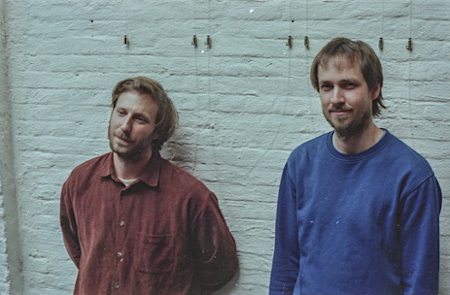
In Calvino’s story, the protagonist ends up getting stuck on the Moon, alongside the woman he desired—a harp player “sketching out a chord as sad as weeping.” After a full month the Moon gets closer to the Earth one last time, but when the protagonist makes his last jump to go back home for good, the woman decides to stay. She looks at the distant homeland moving her hand on her harp now and then, taking the colour of the Moon, becoming one with it. She might still be there plucking arpeggios over drones. In fact, she’s most likely playing this very album.
Fredrik Rasten: Two electric guitars, one acoustic guitar
Ruben Machtelinckx: Two electric guitars, one acoustic guitar
Recorded by: Stijn Cools at Studio Pyramide, August 22nd 2023
Mixed by: Stijn Cools
Mastered by: Gert Van Hoof at Cochlea
Artwork and copyright by: Mareike Yin-Yee Lee, from the series LAKES (always there) – 2023
Design by: Robin Foesters
strands of lunar light is available on Aspen Edities. [Bandcamp]







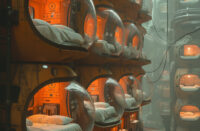
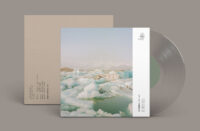




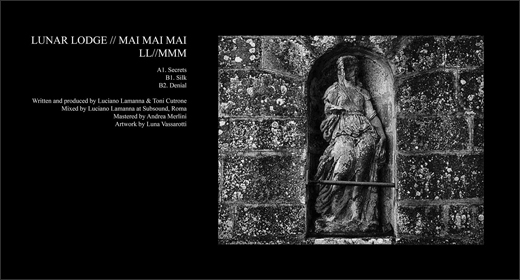
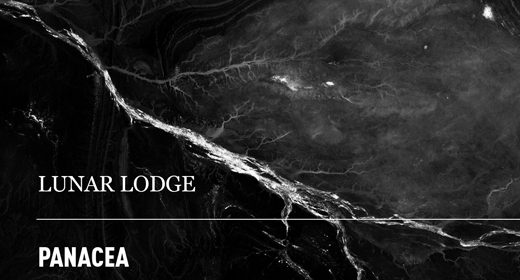

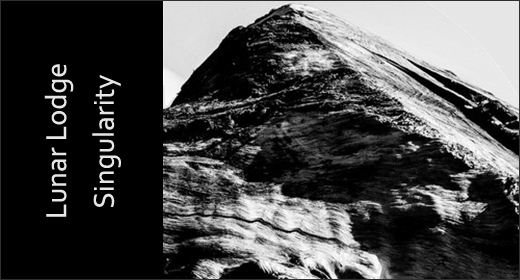
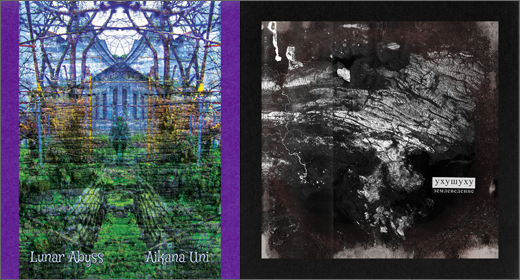



![Hasbeen :: Bunker Symphonies II (Clean Error) — [concise]](https://igloomag.com/wp/wp-content/uploads/2025/04/hasbeen-bunker-symphonies-ii_feat-75x75.jpg)
![Extrawelt :: AE-13 (Adepta Editions) — [concise]](https://igloomag.com/wp/wp-content/uploads/2025/04/extrawelt-ae-13_v_feat-75x75.jpg)
![Beyond the Black Hole :: Protonic Flux EP (Nebleena) — [concise]](https://igloomag.com/wp/wp-content/uploads/2025/04/beyond-the-black-hole-protonic-flux_feat-75x75.jpg)
![H. Ruine, Mikhail Kireev :: Imagined / Awakenings (Mestnost) — [concise]](https://igloomag.com/wp/wp-content/uploads/2025/04/h-ruine-mikhail-kireev-imagined-awakenings_feat2-75x75.jpg)


![Squaric :: 808 [Remixes] (Diffuse Reality) — [concise]](https://igloomag.com/wp/wp-content/uploads/2025/04/squaric-808-remixes_feat-75x75.jpg)

